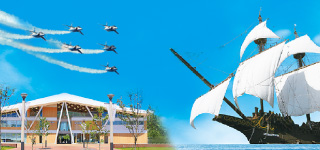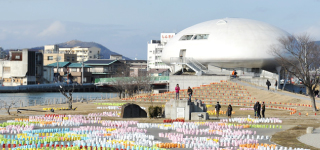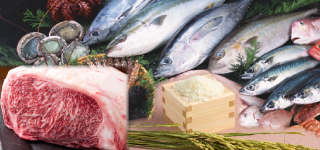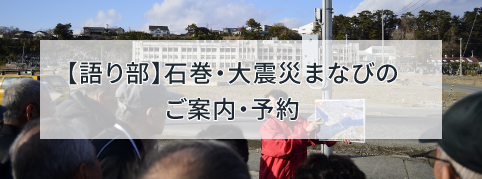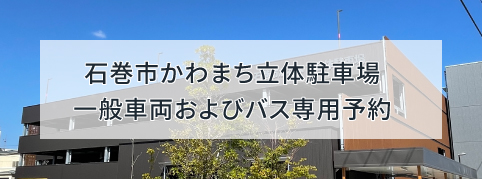English
Welcome to Ishinomaki!
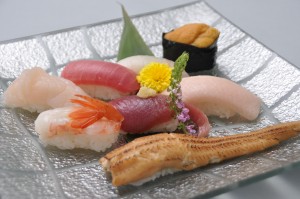 All the people of Ishinomaki would like to extend you a warm welcome and thank you for checking out this site. Here, we will try to give you a little information about the city to make your visit more enjoyable. We hope you find something to interest you.
All the people of Ishinomaki would like to extend you a warm welcome and thank you for checking out this site. Here, we will try to give you a little information about the city to make your visit more enjoyable. We hope you find something to interest you.
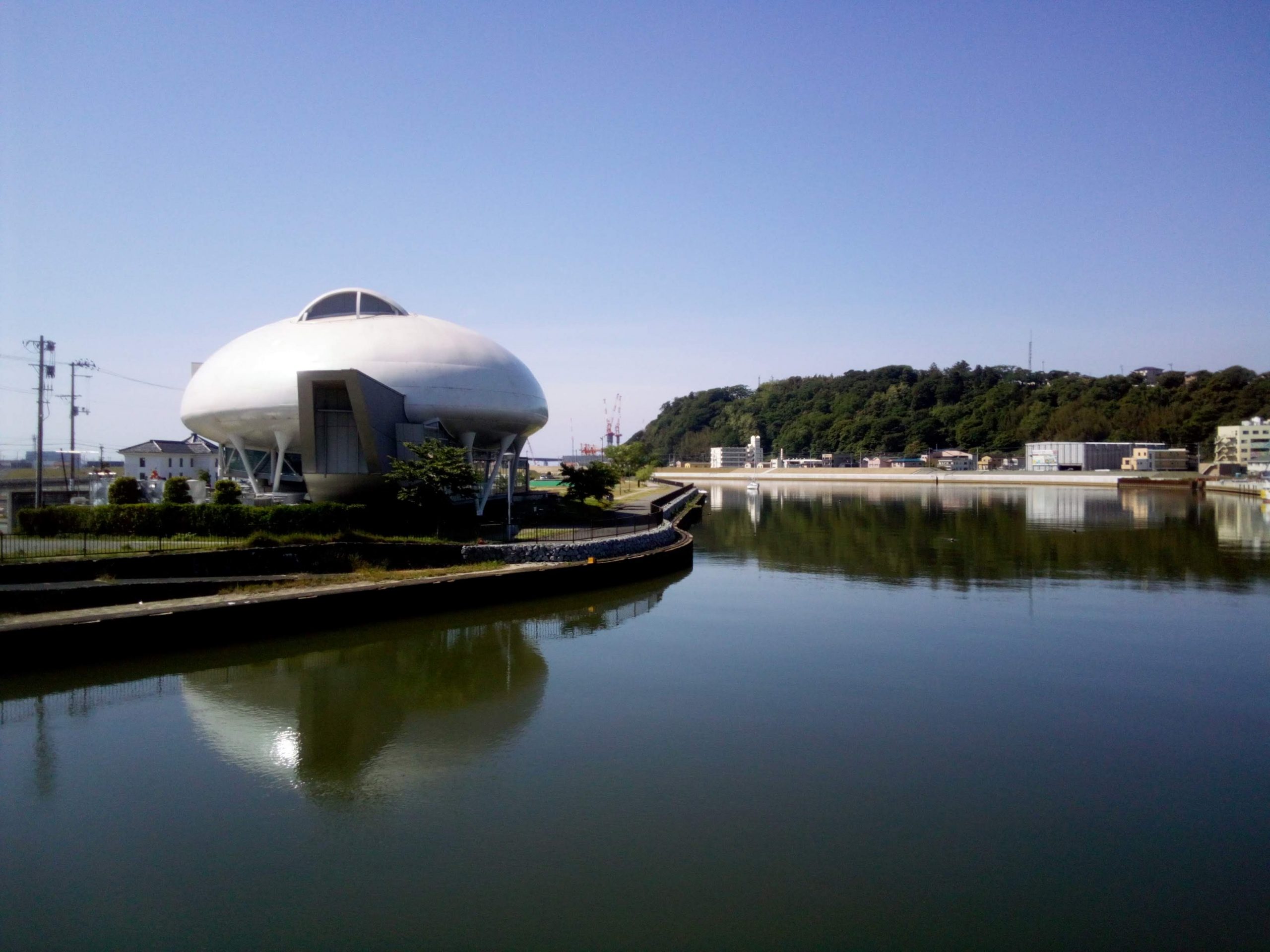 Ishinomaki is the second biggest city in Miyagi Prefecture after Sendai. It is located about 60km up the coast northeast of Sendai, and is a port town, fishing being its main industry.
Ishinomaki is the second biggest city in Miyagi Prefecture after Sendai. It is located about 60km up the coast northeast of Sendai, and is a port town, fishing being its main industry.
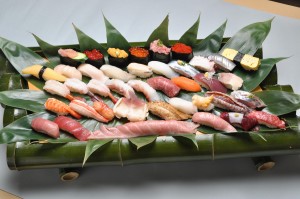 Ishinomaki is known for its delicious food (from both the sea and the land), its beautiful natural scenery and its connection to manga.
Ishinomaki is known for its delicious food (from both the sea and the land), its beautiful natural scenery and its connection to manga.
The city was severely damaged in the earthquake and tsunami of 2011, so in addition to relaxing tourism, it is the ideal place to learn about the disaster and subsequent reconstruction efforts.
What to see & do
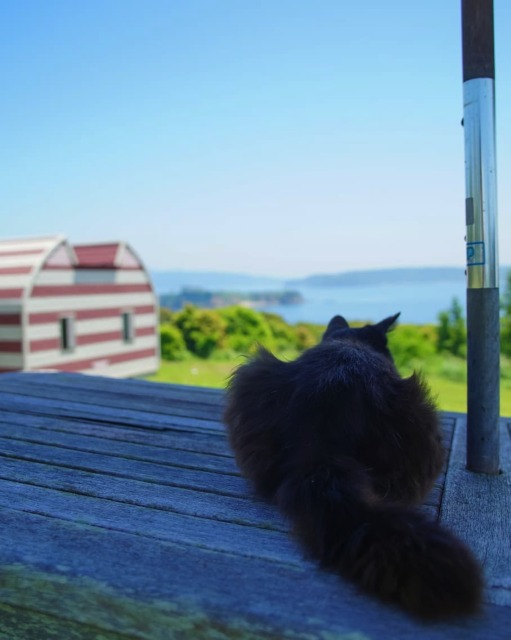 There is a wide variety of things to do in Ishinomaki.
There is a wide variety of things to do in Ishinomaki.
Here are some ideas…
Central Ishinomaki
HiyoriyamaPark
 Situated atop Mt. Hiyori, the hill just south of Ishinomaki Station, this park is a great place to relax. It also provides excellent views of the city as a whole. It’s well-known as one of the best places in the city for cherry blossoms (usually around late April).
Situated atop Mt. Hiyori, the hill just south of Ishinomaki Station, this park is a great place to relax. It also provides excellent views of the city as a whole. It’s well-known as one of the best places in the city for cherry blossoms (usually around late April).
 (30 mins walk from Ishinomaki Station, 10 mins by taxi)
(30 mins walk from Ishinomaki Station, 10 mins by taxi)
Ishinomaki Mangattan Museum
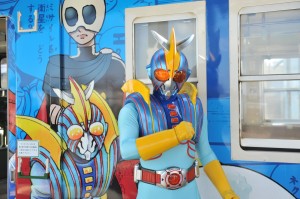 Ishinomaki has a very close connection with manga, or Japanese comics. The Mangattan Museum is devoted to the works of Shotaro Ishinomori, one of the most famous manga artists in Japan (creator of the power rangers). A great place to learn about all things manga!
Ishinomaki has a very close connection with manga, or Japanese comics. The Mangattan Museum is devoted to the works of Shotaro Ishinomori, one of the most famous manga artists in Japan (creator of the power rangers). A great place to learn about all things manga!
 (15 mins walk from Ishinomaki Station, 5 mins by taxi)
(15 mins walk from Ishinomaki Station, 5 mins by taxi)
Ishinomaki Genki Ichiba
 A new tourist facility selling a wide variety of souvenirs and also fresh fish & seafood from Ishinomaki Port, as well as fresh fruit and vegetables and even freshly baked bread. The second floor is a food court offering seafood and other dishes, snacks and drinks.
A new tourist facility selling a wide variety of souvenirs and also fresh fish & seafood from Ishinomaki Port, as well as fresh fruit and vegetables and even freshly baked bread. The second floor is a food court offering seafood and other dishes, snacks and drinks.
 (15 mins walk from Ishinomaki Station, 5 mins by taxi)
(15 mins walk from Ishinomaki Station, 5 mins by taxi)
Outer Ishinomaki
Tashiro “Cat” Island & Oshika Peninsula
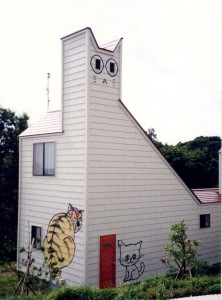 The Cat Island, Tashiro Island, is just off the Oshika Peninsula and is a popular venue for cat lovers. Cats are revered here as sacred, and there are no dogs on the island. Visitors can stay in cat-shaped lodges (reservation required). The Oshika Peninsula is a place of stunning natural beauty with exquisite ocean views.
The Cat Island, Tashiro Island, is just off the Oshika Peninsula and is a popular venue for cat lovers. Cats are revered here as sacred, and there are no dogs on the island. Visitors can stay in cat-shaped lodges (reservation required). The Oshika Peninsula is a place of stunning natural beauty with exquisite ocean views.
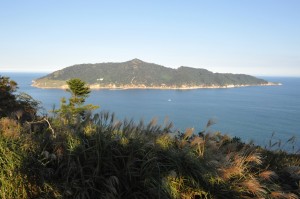 (Peninsula: 40 mins drive from Ishinomaki Station)
(Peninsula: 40 mins drive from Ishinomaki Station)
(boat trip to Tashiro Island: 50 mins, 3 per day)
Kamiwarizaki
 Situated on the northern border of the city, this area gets its name from the legend that the cliff was split in two by the gods. It is a stunning area of scenic beauty, offering great photographic opportunities with its rough waves crashing into the surrounding rocks.
Situated on the northern border of the city, this area gets its name from the legend that the cliff was split in two by the gods. It is a stunning area of scenic beauty, offering great photographic opportunities with its rough waves crashing into the surrounding rocks.
2-201x300.jpg) (60 mins drive from Ishinomaki Station)
(60 mins drive from Ishinomaki Station)
Tsuri-ishi Shrine
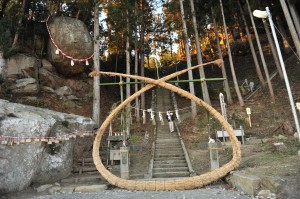 Tsuri-ishi means hanging rock. This shrine is known for the boulder hanging off the top of the nearby hill, that looks like it will fall off, but never does. This has given the shrine a reputation as a place for students to pray for success in exams, since the rock never falls or “fails.”
Tsuri-ishi means hanging rock. This shrine is known for the boulder hanging off the top of the nearby hill, that looks like it will fall off, but never does. This has given the shrine a reputation as a place for students to pray for success in exams, since the rock never falls or “fails.”
(45 mins drive from Ishinomaki Station)
Gourmet Ishinomaki
 Being a port town, it goes without saying that Ishinomaki is the place※ to go to for great seafood!
Being a port town, it goes without saying that Ishinomaki is the place※ to go to for great seafood!
※http://i-kanko.com/itour/local_info_cat/groumet/
But the city offers much more than that, with delicious vegetables and fruit, and top quality rice (which, together with the pure water, means top quality saké, too!).
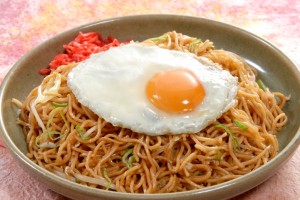 (and it’s not all raw fish! Why not have a taste of Ishinomaki’s soul food, Ishinomaki yakisoba..? Just like mama used to make..)
(and it’s not all raw fish! Why not have a taste of Ishinomaki’s soul food, Ishinomaki yakisoba..? Just like mama used to make..)
Seafood All Year Round
Spring – wakame seaweed
Ishinomaki is not just fish. Spring is the time when succulent wakame seaweed is at its best, greenest and most delicious. Whether vinegared with cucumber or a staple of miso soup, wakame in season is more the main player than a side actor.
Summer – hoya (sea squirt)
 Feel like an adventure? Have a taste of hoya. The slightly grotesque exterior houses beautiful orange flesh which is particularly suited to saké drinkers. Hoya is said to include all five flavors: salty, sweet, sour, bitter and umami (savory). While uncooked hoya can be an acquired taste, steaming, grilling or frying it results in a mild taste that anyone can enjoy.
Feel like an adventure? Have a taste of hoya. The slightly grotesque exterior houses beautiful orange flesh which is particularly suited to saké drinkers. Hoya is said to include all five flavors: salty, sweet, sour, bitter and umami (savory). While uncooked hoya can be an acquired taste, steaming, grilling or frying it results in a mild taste that anyone can enjoy.
Autumn – sanma (Pacific saury)
Autumn in Ishinomaki doesn’t exist without sanma. It can be best enjoyed in its simplest form, grilled with salt, bringing out the full flavor of the fish. Sanma from Ishinomaki is so fresh that it can be eaten as sashimi, too.
Winter – oysters
 One of the oyster farming centers of Japan, people come from far and wide to try this exquisite delicacy. While some insist that raw oysters are the best, there are many other ways to enjoy the “milk of the ocean,” such as grilled, in a hotpot stew, or bread-crumbed and deep-fried.
One of the oyster farming centers of Japan, people come from far and wide to try this exquisite delicacy. While some insist that raw oysters are the best, there are many other ways to enjoy the “milk of the ocean,” such as grilled, in a hotpot stew, or bread-crumbed and deep-fried.
Sushi
 No-one should come to Ishinomaki without trying its sushi. Not only is it a classic part of Japanese cuisine, but the combination of top-quality and fresh seafood with the expertise of our sushi chefs make for an experience you won’t forget. Unsurprisingly, there are a great number of sushi restaurants all over the city. How many can you try??!
No-one should come to Ishinomaki without trying its sushi. Not only is it a classic part of Japanese cuisine, but the combination of top-quality and fresh seafood with the expertise of our sushi chefs make for an experience you won’t forget. Unsurprisingly, there are a great number of sushi restaurants all over the city. How many can you try??!
And even if you’re not into sushi or raw fish, there are plenty of other great restaurants to choose from: Italian, grilled beef tongue, ramen, Ishinomaki has it all and much, much more!
Ishinomaki Q & A
Where we give you all the honest answers to your questions
■So, what’s so great about Ishinomaki?
□Wow, you really get to the point! If you’ve read the above info, you already know that you’ll get great food, but to be honest Ishinomaki is not one of the most famous places in Japan. However, that is its strong point for visitors from outside the country. Ishinomaki is ideal for giving you an idea of what “true Japan” is like: not the ultra-tourist places, but a typical town that will give you a feel for the country. And of course, beautiful countryside and ocean views are a short hop from the city center. So, what’s not to like??!
Because it was devastated by the 2011 tsunami, it’s also an excellent place to learn about the disaster and reconstruction efforts
■How do I get there?
□Almost everyone who visits Ishinomaki will come through Sendai, the biggest city in north Japan. If you arrive at Sendai Airport, get a train to Sendai Station (a 25 min ride). From Sendai Station trains run directly to Ishinomaki: fast trains on the Senseki Tohoku Line (60 mins) and slow ones on the Senseki Line (80 mins). You can also get a bus from Sendai Station direct to Ishinomaki (80 mins). For drivers, Ishinomaki is 60 mins from Sendai on the Sanriku Expressway
■What’s the weather like?
□Like most places in Japan, spring and autumn have mild temperatures, and the added bonus of cherry blossoms in spring (mid-April) and autumn colors in fall (mid-October). While Japan is known for the heat and humidity of its summers, Ishinomaki is relatively easy to survive in in this season thanks to cool sea breezes. Winter can be cold, with temperatures falling below freezing at night, in particular, but the area does not get much snow
■Do I need a car to get around?
□If you’re just staying in the city center, a car is not necessary, but because public transport can be sparse in the rural areas, either coming by car or renting one in Ishinomaki would be better for those wanting to range a little wider. Remember, in Japan we drive on the left!
■I’m a vegetarian / I need halal food
□While things are gradually improving in Japan as a whole for people with special dietary needs, we can’t guarantee to be able to accommodate you completely. However, some restaurants in the city can provide vegetarian and halal meals if requested in advance. Please enquire at tourist information for details
石巻旬のおすすめ Ishinomaki's best season recommendations

雄勝体育施設
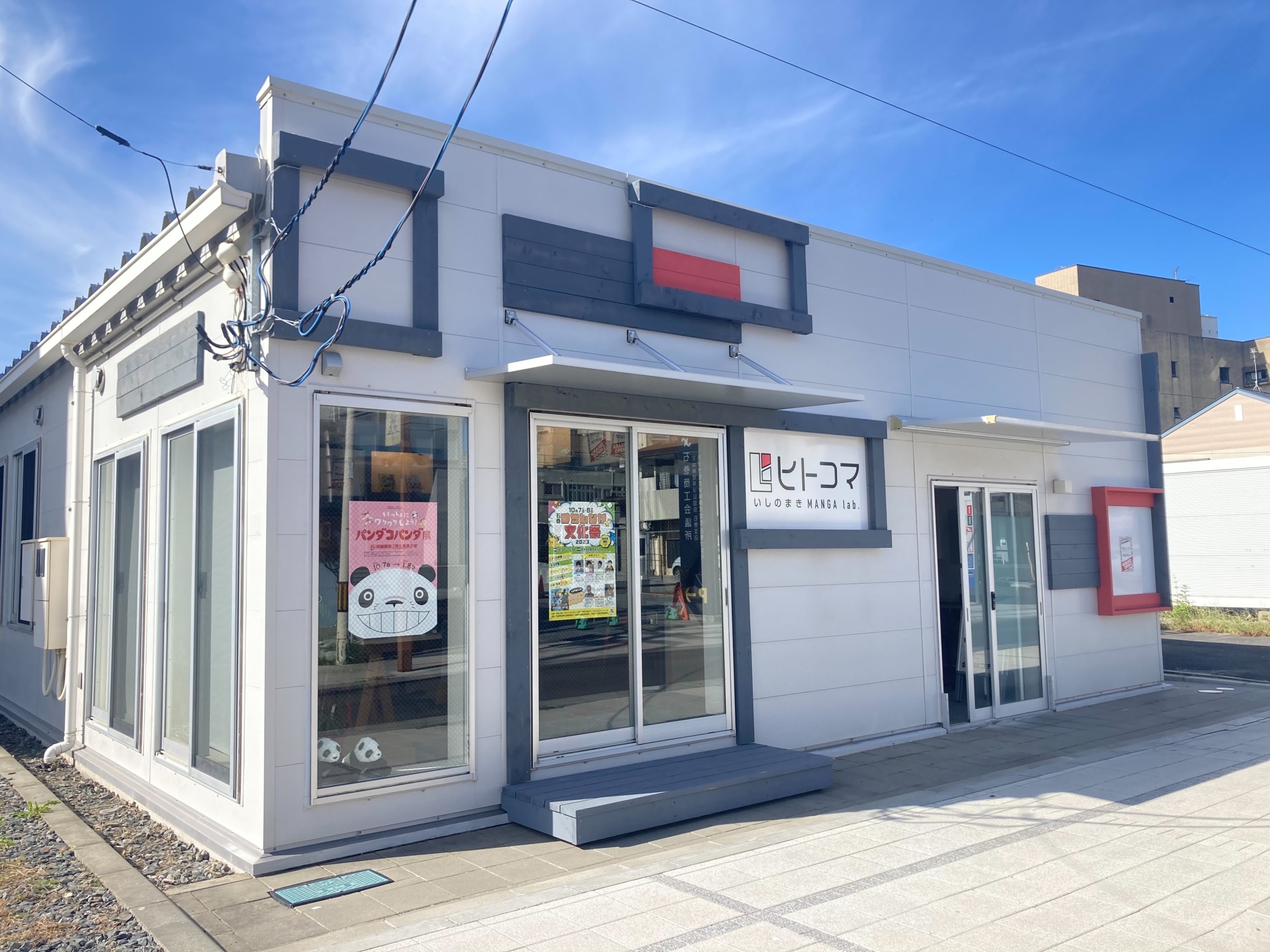
いしのまき MANGA lab. ヒトコマ

石ノ森萬画館
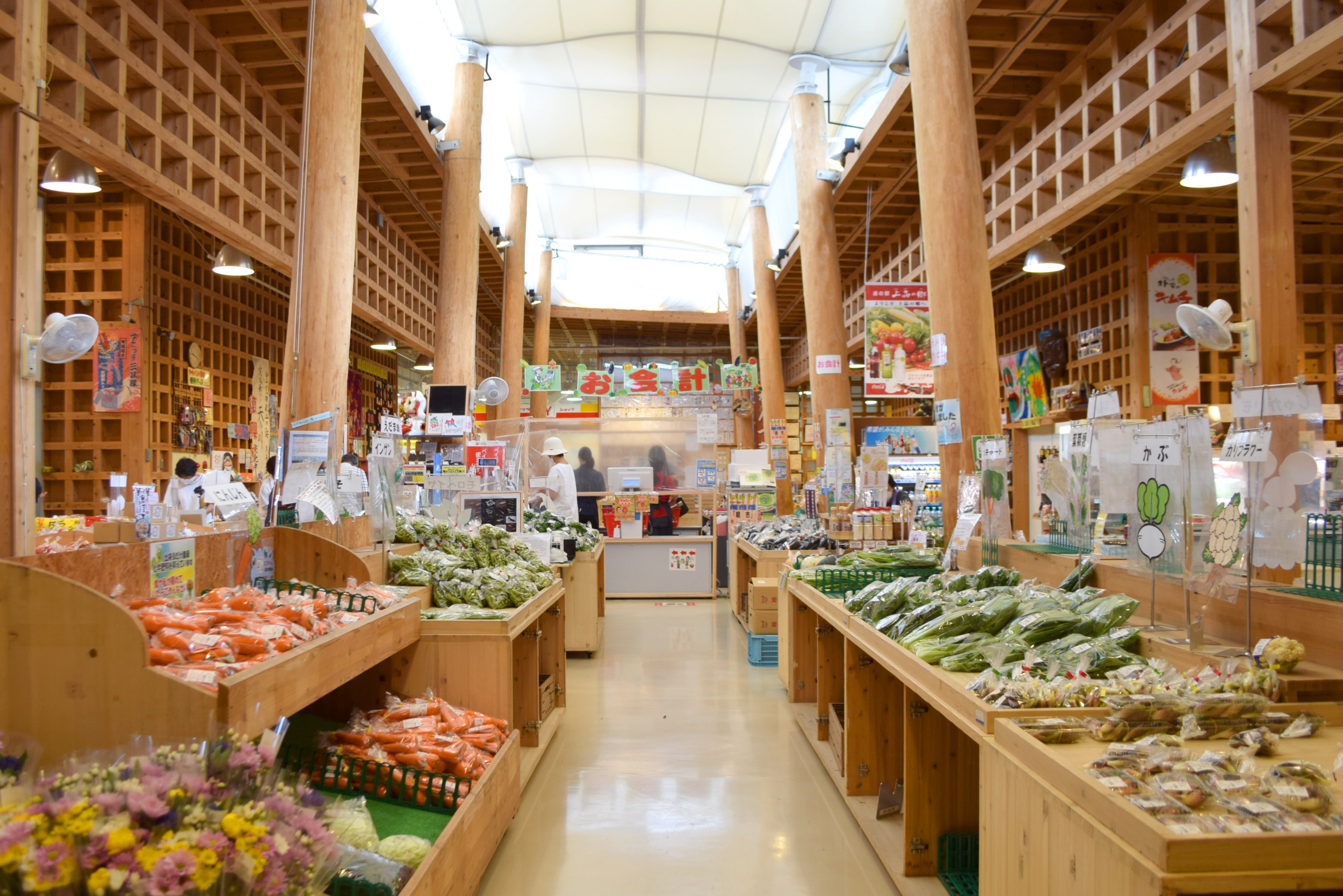
上品の郷
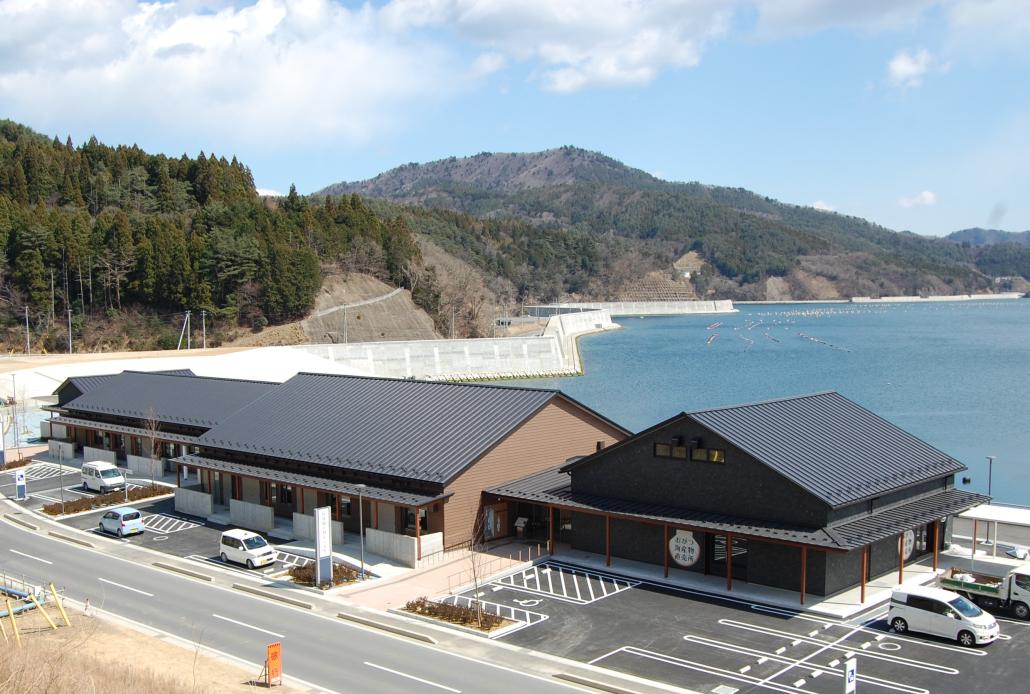
硯上の里 おがつ

